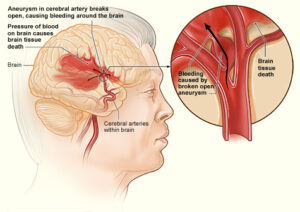Pathophysiology
- Systolic heart failure
- HFrEF – HF with reduced EF
- Inability to pump blood forward
- Caused by
- Impaired contractile function
- Increased afterload
- Cardiomyopathy
- Mechanical abnormalities
- Decreased LV ejection fraction (EF)
- Diastolic heart failure
- HFpEF – HF with preserved EF
- Impaired ability of the ventricles to relax and fill during diastole, resulting in decreased stroke volume and CO
- Result of left ventricular hypertrophy from hypertension, older age, female, diabetes, obesity
- Same end result as systolic failure
- Mixed heart failure
- Mixed systolic and diastolic failure
- Seen in disease states such as dilated cardiomyopathy (DCM)
- Poor EFs (<35%)
- High pulmonary pressures
- Biventricular failure
- Both ventricles may be dilated and have poor filling and emptying capacity
- Mixed systolic and diastolic failure
- Right-sided heart failure
- RV fails to pump effectively
- Fluid backs up in venous system
- Fluid moves into tissues and organs
- Left-sided HF is most common cause
- Other causes include RV infarction, PE, and cor pulmonale (RV dilation and hypertrophy)
- Heart failure
- Ventricular failure leads to:
- Low blood pressure (BP)
- Low CO
- Poor renal perfusion
- Abrupt or subtle onset
- Compensatory mechanisms mobilized to maintain adequate CO.
- Ventricular failure leads to:




